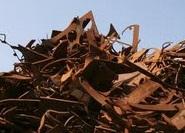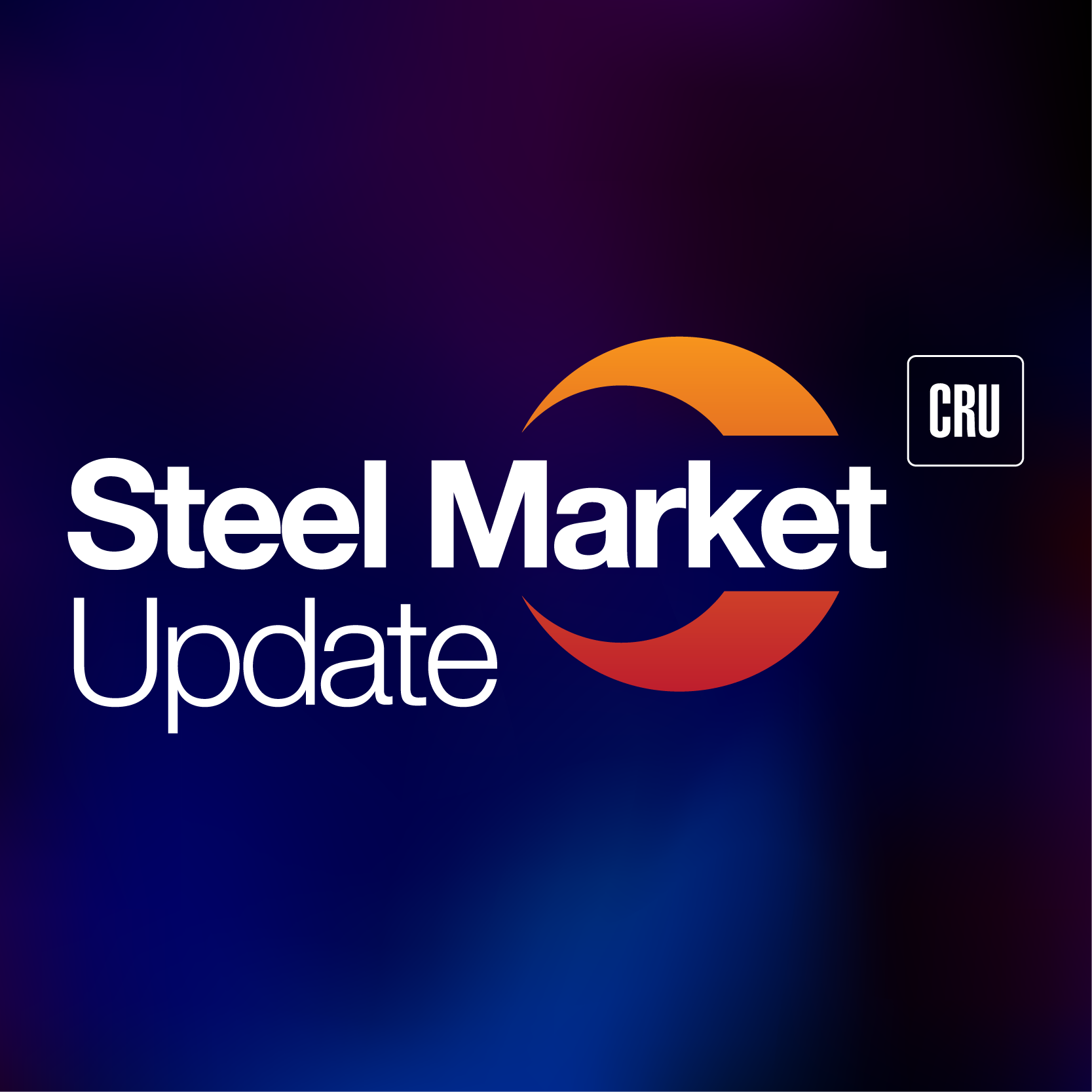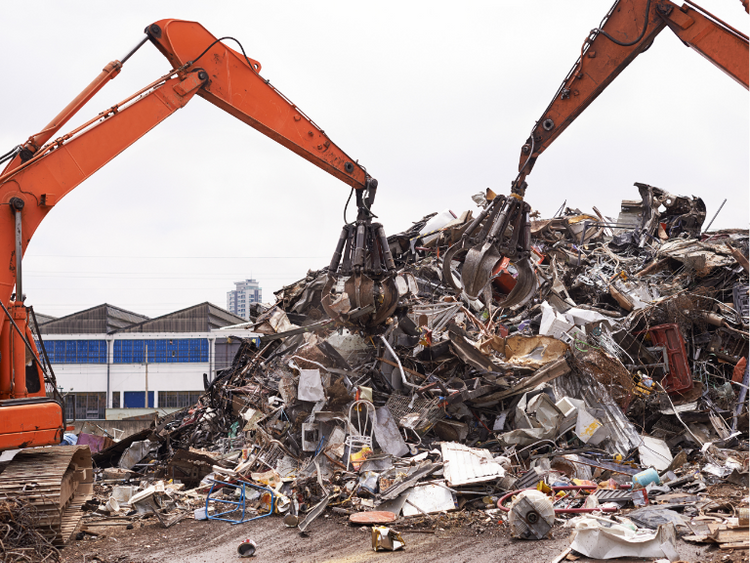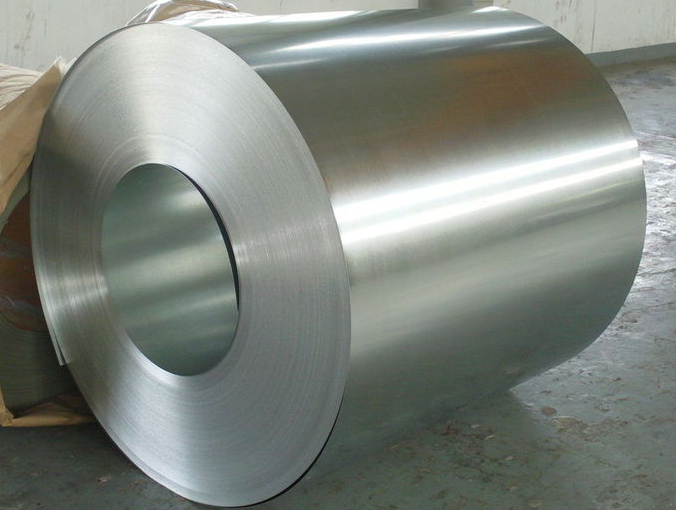Prices

November 13, 2014
Iron Ore, Scrap & Relationship as Iron Units
Written by John Packard
One of the topic of conversations during the Cowen & Company Global Metals, Mining & Materials Conference was the issue of scrap prices versus iron ore and the value of iron “units.” On the first day of the conference, Dan DiMicco former CEO of Nucor, told the audience that iron ore and scrap would come back to a more normal relationship as, “They are both iron units and they will find a resting place.”
Keith Busse former CEO of Steel Dynamics echoed Mr. DiMicco words and said that he too believed that scrap prices would continue to come down.
Serafino Capoferri of the CRU Group (iron ore consultant) provided those listening to the Steel & Raw Material Supply Chain a formula for calculating where scrap prices should be. He took the cost of 62% Fe fines of $80 (as an example, the cost of iron ore in China right now is closer to $75) plus the cost of metallurgical coal which he pegged at $120. Then you add $100 to cover conversion costs. This leaves you with a $300 cost of iron units. That is also the number where scrap should bottom.
Current shredded scrap numbers are approximately $350-$355 per gross ton in Chicago and $310 on the east coast.
Lourenco Goncalves, CEO of Cliffs Natural Resources which is one of the largest suppliers of iron ore to the domestic steel industry, gave an informative presentation on their costs which average $59 for pellets FOB Cliffs. He explained that it cost Cliffs $20 to mine the ore, $20 to make concentrate (for Fe content) and $15 to pelletize. The balance of $4 is related to Administrative and logistics costs. Cliffs goal is to take that cost down over the next couple of years into the low $50’s.
He also explained that the cost to produce a ton of metallurgical coal in the United States is $80 per ton.
During the question and answer period Mr. Goncalves explained how their contracts work. Essentially the customers are protected from spikes in pricing and at the same time Cliffs is protected when the bottom falls out of the market. He told the group when Iodex numbers go below $100 Cliffs is protected.
Second, he pointed out that the numbers we hear coming out of China are for fines not pellets. Iron ore fines need to be processed in a sinter plant before they can be fed into a blast furnace. The normal cost to transform fines in a sinter plant is $20 according to Mr. Goncalves. It is also a very polluting process as 1 percent of the iron units are released into the air.
Mills in the United States and Canada do not use fines, they use pellets.
So, to read between the lines a bit, the domestic mills are not paying anywhere near the $75-$80 62% Fe prices that iron ore fines are being sold in the spot market in China.
There is more room for scrap prices to fall in the United States in order to return to a more normal relationship with iron ore as iron units.







